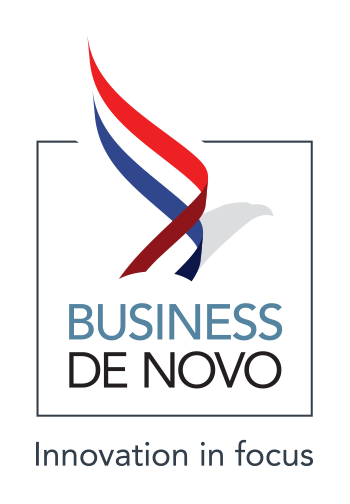What is the business of the Federal Circuit? What should it be? And how do decisions at the CAFC—and wider developments in patent law—affect America’s ability to compete in the global marketplace?
From the day of its inception in October of 1982, the role and rulings of the U.S. Court of Appeals for the Federal Circuit, a court of limited subject matter jurisdiction but a nationwide reach, have been the subject of much debate.
One thing, however, is beyond debate: the Court’s decisions have shaped the landscape of innovation and will continue to. Due in part to changes made by the America Invents Act, but also due to changes in our reliance on science and technology, the Federal Circuit’s effect on business and our economy will continue to grow.
It’s part of the mandate of the Federal Circuit to adjudicate in the wide range of patent cases brought before it. And in an era where patent portfolios have become global economic weapons, based on the volume of cases being brought before the Patent Trial and Appeals Board (PTAB) of the USPTO, it seems inevitable that the workload of the Federal Circuit will only grow. The importance of its decisions also will increase.
By the time a case makes it to oral hearing before CAFC, the legal issues should have been laid out by both sides—even if the direction of a future ruling is not. Once a ruling is made, however, its ramifications for the business world often become a matter for debate.
My blog FederalCircuitBusiness.com was established to discuss the work of the CAFC and the effect of the Court’s decisions on business. I conceived of it as a place for discussion about the CAFC’s activities and direction, and on the ramifications of those decisions in the business world. The blog talks to these issues—and I welcome dialogue and discussion. IP law and business is my subject. The Federal Circuit provides my focus.
No one makes expensive decisions about the direction of their IP without considering the business ramifications. American business depends on innovation—and the protection of that innovation. Ideas are our currency. Successfully fostering intellectual property not only has a positive impact on America’s corporations, but also promises more jobs, better lifestyles, and increased tax revenues. So it’s necessary to talk about legal issues in business terms.
My subject matter will necessarily vary with the docket and the news. For example, it’s fashionable right now to beat up on NPEs—so-called patent trolls. While that topic appears compelling, drawing a line that helps define what is and is not a “troll” is difficult if not impossible.
And I’m not sure it should be at the top of our list of concerns. More important is how our courts and the CAFC handle the sheer volume of cases to come, whether originating in the USPTO or the ITC, whether filed by an NPE or by a manufacturing entity, in an era when Google, Apple, IBM and others have portfolios of literally hundreds of thousands of patents they can assert—or that may someday be owned by a non-practicing proxy.
What about the complexities that arise from the impact of technology on the development of new business methods? Where does obviousness end and innovation begin? Why shouldn’t a software programmer who works through a business machine—a computer and its software—not be accorded the same status as an inventor who engineers a supposedly new business machine, even though the latter still relies on computer processing? Is a method more than just a wrinkle in code?
And when is a different type of code, composed of chemicals and protein strings in a Petri dish, rightly deemed to have become inventio ab nulla instead of derivative of a chemical compound that occurs de rerum natura—in human genetic code?
My blog ventures commentary on cases like these and others. From smartphones to precision steel bearings, from standard essential patents to estoppel, from inequitable conduct to claim construction, I seek to offer insights on the effect on the Federal Circuit of today’s IP wars, and discuss the effects of its rulings.
This is the focus of FederalCircuitBusiness.com, a place for commentary on the battles relating to America’s intellectual property. We welcome both legal and business contributors who can weigh-in on the complex (and highly litigious!) environment for America’s intellectual property.
Seeds need fertile soil in which to grow. To ensure future harvests and sustain its business ecosystem, America must foster and encourage entrepreneurship and innovation. Patent law and intellectual property protections hope to do that, but developments and judgments don’t always seem to help us achieve that objective. I’ll examine why, and I hope you’ll join the conversation.
MIMI
